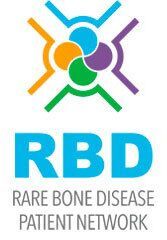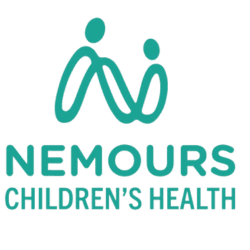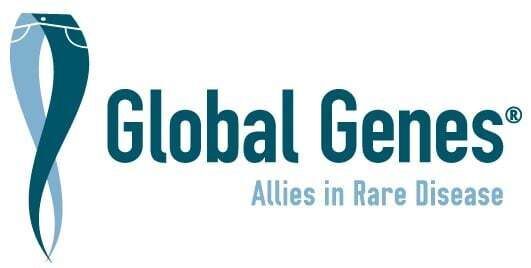
Transitioning from pediatric to adult healthcare is a complex and often challenging journey for patients with rare diseases. These young adults face specific difficulties in healthcare utilization, access to specialized care, and overall health outcomes. By establishing Consensus of Care Guidelines, we can address these transition challenges and enhance the quality of life for CLA patients.
Transition Challenges
For many patients, moving from child-centered to adult-oriented healthcare systems involves navigating significant gaps in care. Rare disease patients, in particular, encounter obstacles due to the lack of structured transition programs tailored to their needs. Without these programs, access to appropriate adult care can become inconsistent, causing many young adults to struggle to find specialists who truly understand their conditions.
“Patients often experience discontinuity in care during the transition phase, leading to worsened health outcomes and increased hospital admissions.” This discontinuity can lead to severe consequences, including acute complications that increase the need for emergency care.
Healthcare Utilization and Outcomes
Despite high healthcare utilization rates among young adults with rare diseases, accessing adult care services remains a persistent challenge. Vascular Anomaly Centers may not focus on adult patients, causing delays and interruptions in treatment. This lack of consistent, specialized care can lead to worsened health outcomes, as many patients struggle with their transition to adult services.
Psychosocial support—an essential component of overall well-being—is also often lacking, leaving many patients unprepared to face adulthood without the necessary emotional and mental health resources. As one participant noted, “Psychosocial factors play a critical role in the transition process, and many patients report feeling unprepared and unsupported as they navigate adult healthcare systems.”
The Path Forward: Consensus of Care Guidelines
To address these challenges, a comprehensive approach involving multidisciplinary teams and the establishment of Consensus of Care Guidelines is essential. A purposeful and planned movement, referred to as transitional care, is necessary for adolescents and young adults with rare diseases. This movement relies on collaboration among specialists, primary care physicians, and mental health providers to improve patient outcomes.
"There is a significant gap in structured transition programs for rare disease patients, leaving many individuals without appropriate adult care." This highlights the urgent need for national guidelines that standardize transition practices, ensuring continuity of care and reducing the risks associated with uncoordinated healthcare services. These guidelines would provide a roadmap for healthcare providers, helping them deliver consistent, comprehensive care and enabling patients to seamlessly move into adulthood with fewer obstacles.
Help Us Develop Consensus of Care Guidelines in 2025
At the LGDA, we are committed to creating Consensus of Care Guidelines that will improve transition outcomes and set a new standard of care for patients with complex lymphatic anomalies. With your support, we can make this a reality in 2025. Donate now to support our efforts and help ensure that CLA patients have access to the seamless, structured care they deserve as they transition into adulthood.
Reference:
Mazzucato M, Visonà Dalla Pozza L, Minichiello C, Manea S, Barbieri S, Toto E, Vianello A, Facchin P. The Epidemiology of Transition into Adulthood of Rare Diseases Patients: Results from a Population-Based Registry. Int J Environ Res Public Health. 2018 Oct 10;15(10):2212. doi: 10.3390/ijerph15102212. PMID: 30309015; PMCID: PMC6210512.










